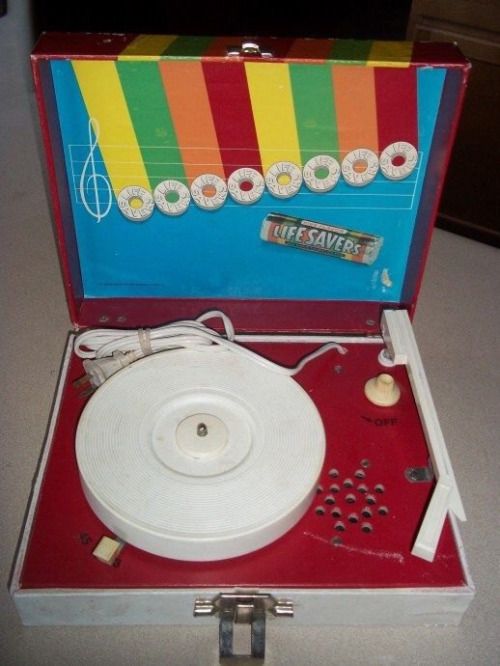Last week I attended a luncheon about content lifecycle management. Basically, this is a method for organizations to manage their content, digital assets, data, information, records, etc. in a centralized location. The idea behind it is sharing resources. Silos broken down. The end result is more effective sharing, analysis, collaboration, etc.
The image used to showcase this new method was an infinity symbol. Essentially, a never-ending loop that continuously goes around and around. The only problem with this idea is that there’s no way for the lifecycle to end. Lifecycle can mean different things and contain different stages. However, I think most people would agree that at its most basic level a lifecycle contains a beginning (birth or creation) and an ending (death or destruction). The never-ending infinity loop didn’t leave a lot of room for end points. This is one of the most challenging aspects of digital information.
When designing and developing these lifecycle management methods and systems, people seem to forget about that all-important end stage. At a certain point, some of the information, or data, etc. is not valuable anymore. It will only “junk” up the system. It could also slow down performance or impact search results. When content is never deleted out of the system, sometimes this old, outdated content comes up in search results, which can be confusing or annoying.
In my experience, not considering the end stage as an inevitable, and natural, part of the lifecycle at the beginning stages, leads to problems later on. For example, sometimes it can be difficult to find and label content retroactively. Determining criteria for which things to keep and which things to purge can also be more difficult when done at a later stage. I’m not sure how companies can accurately label things as “lifecycle” management when some of the most important stages are missing.
Incidentally, I did ask about the model at the luncheon. I wanted to know where the end of the lifecycle occurred. It seemed an appropriate question from The Deletist. However, the answer wasn’t satisfactory. The presenter explained that one could remove content based on the analysis being generated about it, i.e., low performing. Though this would require some thought about how the removal would actually occur.
Needless to say, I won’t be investing in that vendor’s content “lifecycle” management anytime soon.


